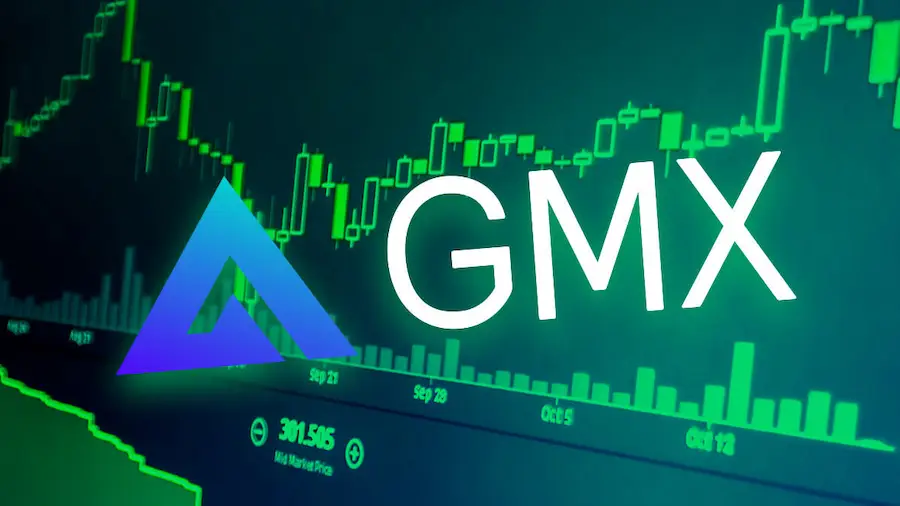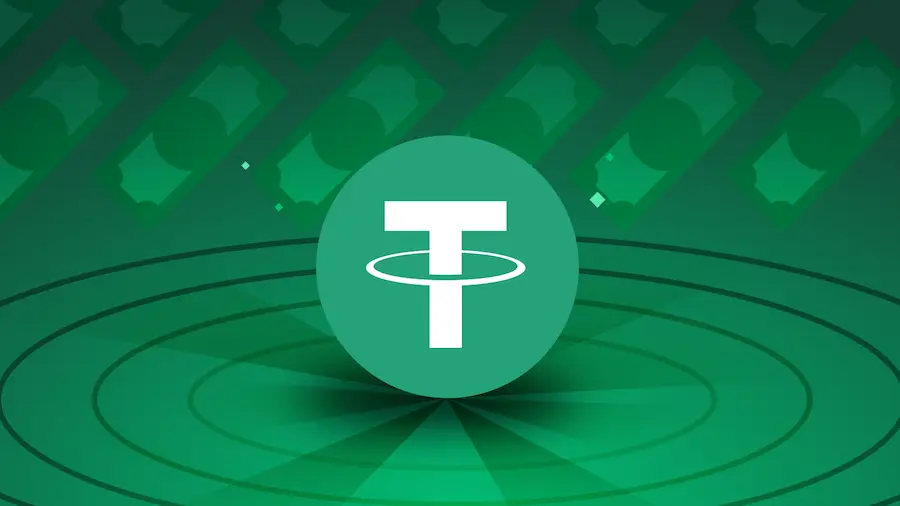TikTok continues to gain momentum, steadily growing its already bloated audience. The success of the social service is ensured by ease of use and the utmost simplicity of the interface, but most importantly, a smart feed, consisting of the most spectacular visual content. The algorithms that underpin TikTok’s recommendation engine are regularly discussed online. Users note that the social network almost reads minds. But in practice, it only calculates their interest in content of a certain content. This is confirmed by an internal document of the company, which managed to make out on the pages of The New York Times.
💡 Interestingthat specifically Russian users spend the most time on TikTok. According to App Annie data for 2021, each of our compatriots spends on average about 4 hours on mobile applications. About an hour of this time every day falls on a social network with short videos on a variety of topics. Amazing!
TikTok’s Success Has Been An Endless Stream Of Content
Of course, the key to TikTok’s success is the content it offers. Communication on the social network is not actually provided, but it always has an endless stream of short videos for every taste with simple content. The service managed to attract content creators to its platform, slipping them a lot of convenient tools and even a ready-made monetization model. They filled it with videos about cryptocurrency and nail design, as well as dances and, of course, life hacks about using iPhone and Android. It remains to offer users the most relevant feed from diverse materials. To do this, TikTok has developed a special algorithm, the source code of which is not disclosed.
Each video offered to a TikTok user, according to the document leaked to the network, must carry value in four categories: immediate value for the user, long-term value for the user, value for the creator, and value for the platform itself. If the video meets the criteria, it becomes popular.
💡 curiousthat visual content is generally considered more sticky than text content. There is enough scientific reasoning that it is easier and more interesting for the human brain to perceive pictures that change quickly, and not delve into some more or less serious information. Actually, this explains the popularity of not only TikTok, but also those who have not yet been named.
TikTok wants us all to spend more time with it
The leaked document also confirmed that two metrics are most important to TikTok: time spent – how interesting the content is; retention – how often the user returns to view content. It is their analysis that helps the site to maintain a large number of active users on a daily basis. The simplified data analysis equation of the recommender system consists of amount of likes and commentsas well as viewing time and launching specific videos. Of course, the mechanics of relevancy estimation uses a much more complex expression, which, apparently, contains certain coefficients and other additional data. But it is not revealed.
The social network slips a variety of videos on the topic
The whole point of a recommender system is to systematically give the user content that he will definitely like. However, it is important to understand that the social network feed in this case should also be able to bypass the traps of overly similar videos that are unlikely to be of interest to the viewer. To do this, videos of the same author are discarded, as well as content with similar tags. The output is suitable for the interests of the user, but as much as possible motley visual tape. Even quite an adult and conscious person usually quite simply sticks to TikTok and spends a lot of time on no one knows what.

There are also unpleasant mechanisms in the recommender system.
Publicly, TikTok emphasizes that its recommendation algorithms, other than the two paragraphs above in the text, do not use anything like that. However, the document leaked to the network also confirmed that one of the priorities of the platform is the monetization of user-generated content. That is why the platform is more likely to show promotional content videoand not just an entertaining video. Moreover, the mechanism for determining the value of a video in terms of similarity with other videos of the author is not publicly disclosed either. If he shoots a variety of content, each individual episode will be appreciated more, otherwise TikTok will try to show the entire “series”.
💡 It turns out, the recommendation engine takes into account not only likes and comments, but also views and their duration. When choosing from two videos with the same rating, the ad will most likely be shown first. In this case, the solo rating of videos of a particular author will fall if they are of the same type. But TikTok can give someone the whole collection.
TikTok smartly analyzes the productivity of its employees
TikTok is also interested in intelligent mechanisms that should maximize the efficiency of the company’s employees. For example, for communication within the company on a social network, the Lark application is used – an analogue of Slack from ByteDance, the parent company of TikTok. Among other things, the professional platform also analyzes the number of messages that a particular employee wrote or opened for a response. It is unlikely that spam is encouraged in this case, but the situation as a whole is becoming clearer. TikTok controls not only the interests of its users, but also “brazenly” monitors its employees. However, such is the price of success, nothing can be done.

The document did not overshadow the privacy of users
Against the backdrop of all these TikTok algorithms, which, conditionally, get into the head of both their customers and employees, the issue of privacy is inevitably raised. The US has repeatedly sounded the alarm that the site not only collects, but also provides the Chinese government with a variety of data. However, judging by internal documents leaked to the network, as well as research around and around TikTok, the platform does not store user information on servers at all and cannot use it for any of its purposes. However, this certainly does not apply to Douyin, the Chinese version of TikTok, which works according to similar mechanisms, but is hosted on different servers, and may not be as private in the Chinese market.
Source: Trash Box
Donald-43Westbrook, a distinguished contributor at worldstockmarket, is celebrated for his exceptional prowess in article writing. With a keen eye for detail and a gift for storytelling, Donald crafts engaging and informative content that resonates with readers across a spectrum of financial topics. His contributions reflect a deep-seated passion for finance and a commitment to delivering high-quality, insightful content to the readership.







